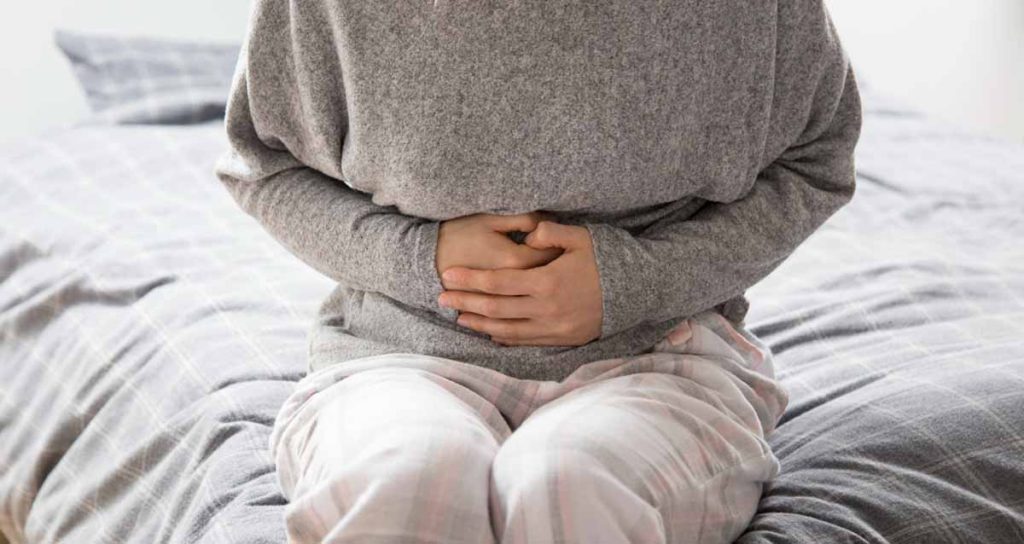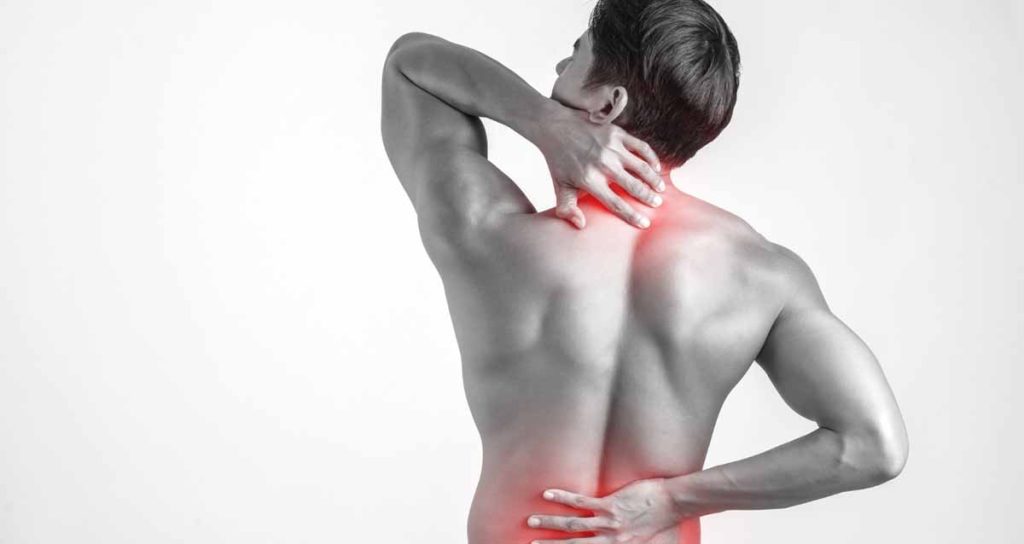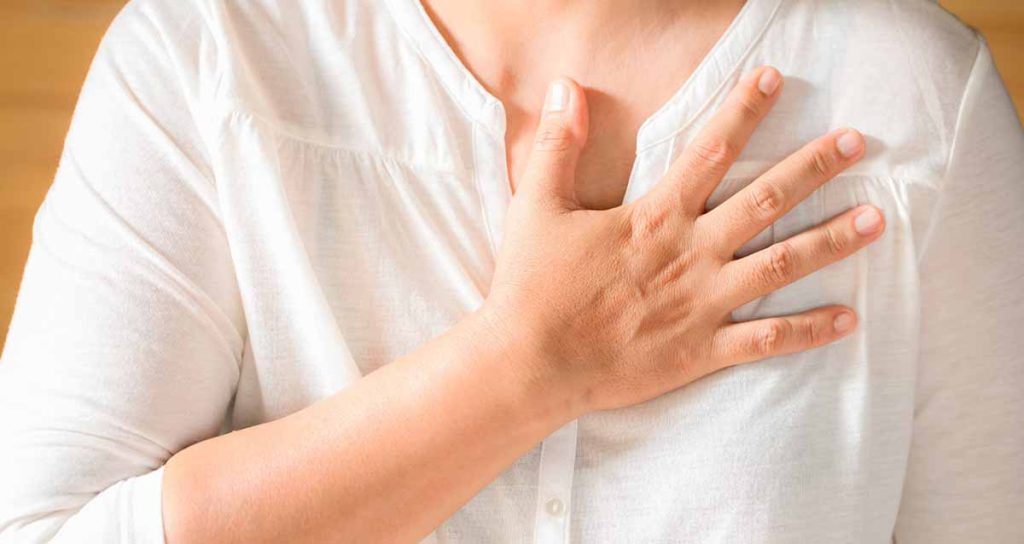Chest pain is a common and potentially severe symptom with many causes. Pain on the left side of the chest is concerning because it can indicate heart-related problems, such as a heart attack or cardiac arrhythmia. Therefore, getting medical attention as soon as possible is essential if you experience left-sided chest pain. Dr. Jasdeep Sidana explains some of the most common causes of chest pain on the left side and why seeking medical care is essential if the symptoms persist.
Common Causes of Chest Pain on the Left Side
Heart-related causes
Heart-related causes are among the most concerning causes of chest pain on the left side. Dr. Jasdeep Sidana states that chest pain on the left side can signify a heart attack and other medical emergencies. Here are some heart-related causes of chest pain on the left side:
Angina
This is a condition where the heart muscle does not get enough blood flow and oxygen, which can cause:
- Chest pain
- Pressure
- Discomfort
Angina can be stable, which means the symptoms occur during physical activity and go away with rest or medication, or unstable, which means the symptoms occur at rest or with minimal exertion and require immediate medical attention. Treatment options for angina include medications, lifestyle changes, and procedures such as angioplasty or bypass surgery.
Heart attack

This is a condition where the blood flow to a part of the heart is blocked, which can cause damage to the heart muscle and even death. Chest pain is the most common symptom of a heart attack, including:
- Pressure
- Tightness
- Squeezing
- Burning sensation
- Shortness of breath
- Sweating, nausea
- Lightheadedness
If you experience chest pain lasting more than a few minutes, seek immediate medical attention. Treatment options for a heart attack include medications, angioplasty, and surgery.
Pericarditis
This is an inflammation of the heart’s lining, known as the pericardium. Viral infections, autoimmune disorders, or other underlying conditions can cause pericarditis. Furthermore, pericarditis treatment options include nonsteroidal anti-inflammatory drugs (NSAIDs), corticosteroids, and colchicine. The common symptoms of Pericarditis cause:
- Chest pain
- Fever
- Difficulty breathing
Aortic dissection
This is a rare but life-threatening condition where the inner layer of the aorta tears. Aortic dissection requires immediate medical attention, and treatment options may include surgery or medication. The common symptoms are:
- Severe chest pain
- Back pain
- Shortness of breath
- Sweating
- Painting
Heart-related causes of chest pain on the left side can be severe and require prompt medical attention. Dr. Jasdeep Sidana recommends that anyone who experiences chest pain should seek immediate medical attention to determine the underlying cause and receive appropriate treatment. In addition, by understanding the symptoms and risk factors for heart-related causes of chest pain on the left side, you can take steps to prevent and manage this symptom.
Lung-related causes

The lungs are located in the chest cavity, and any condition that affects the lungs can cause chest pain. Here are some lung-related causes of chest pain on the left side, according to Dr. Jasdeep Sidana.
Pleurisy
This is an inflammation of the lining of the lungs and chest wall, known as the pleura. Pleurisy can cause sharp, stabbing pain on the left side of the chest, which can worsen when breathing or coughing. The pain may also radiate to the back or shoulder. Treatment options for pleurisy depend on the underlying cause but may include pain relief, antibiotics, and anti-inflammatory medications.
Pneumonia
This is an infection of the lungs, which can cause chest pain, cough, fever, and difficulty breathing. Bacteria, viruses, or fungi can cause pneumonia, ranging from mild to severe. Treatment options for pneumonia include antibiotics, oxygen therapy, and pain relief.
Pulmonary embolism
This is a blood clot that travels to the lungs and blocks blood flow, which can cause chest pain, shortness of breath, and coughing up blood. Pulmonary embolism can be life-threatening, and immediate medical attention is necessary. Treatment options for pulmonary embolism include blood thinners, oxygen therapy, and surgery in severe cases.
Asthma
This is a chronic lung disease that causes inflammation and narrowing of the airways, which can cause chest tightness, wheezing, coughing, and difficulty breathing. Asthma triggers can vary from person to person and may include allergens, exercise, stress, or cold air. Treatment options for asthma include inhalers, steroids, and avoiding triggers.
Lung cancer
This is a type of cancer that starts in the lungs and can cause chest pain, coughing up blood, weight loss, and difficulty breathing. Lung cancer is a severe condition and requires prompt medical attention. Treatment options for lung cancer depend on the type and stage of cancer but may include surgery, chemotherapy, and radiation therapy.
Lung-related causes of chest pain on the left side are diverse, and some can be life-threatening. Therefore, if you experience chest pain, Dr.Jasdeep Sidana strongly advises individuals to seek medical attention immediately to determine the underlying cause and receive appropriate treatment.
Digestive-related causes

Digestive-related causes are another common cause of chest pain on the left side. Dr. Jasdeep Sidana states that digestive issues can cause chest pain, often mistaken for heart-related chest pain. Here are some digestive-related causes of chest pain on the left side:
Gastroesophageal reflux disease
Also known as GERD, this is a condition where stomach acid flows back into the esophagus, causing irritation and inflammation. GERD can cause chest pain, heartburn, regurgitation, and difficulty swallowing. Treatment options for GERD include lifestyle changes, medications such as proton pump inhibitors or antacids, and surgery in severe cases.
Peptic ulcer
This is a sore that forms in the lining of the stomach or duodenum, which can cause chest pain, nausea, vomiting, and indigestion. Bacterial infections, medications, or lifestyle factors like stress or smoking can cause peptic ulcers. Treatment options for peptic ulcers include antibiotics, acid-blocking medications, and lifestyle changes.
Gallbladder disease
This is a condition where the gallbladder becomes inflamed or infected, which can cause chest pain, nausea, vomiting, and fever. Gallstones or other underlying conditions can cause gallbladder disease. Treatment options for gallbladder disease include medications, lifestyle changes such as a low-fat diet, and surgery to remove the gallbladder in severe cases.
Pancreatitis
This is an inflammation of the pancreas, which can cause chest pain, nausea, vomiting, and fever. Pancreatitis can be acute, which means it is a sudden and severe condition that requires immediate medical attention, or chronic, which is a long-term condition requiring ongoing management. Treatment options for pancreatitis include pain relief, intravenous fluids, and surgery in severe cases.
Digestive-related causes of chest pain on the left side can be a source of confusion and concern for many people. By understanding the symptoms and risk factors for digestive-related causes of chest pain on the left side, you can work with your healthcare provider to determine the underlying cause and receive appropriate treatment. Dr. Jasdeep Sidana recommends that anyone who experiences chest pain should seek medical attention to rule out severe conditions such as heart-related causes.
Musculoskeletal-related causes

Musculoskeletal-related causes are another potential source of chest pain on the left side. Dr. Jasdeep Sidana notes that while musculoskeletal causes are not usually life-threatening, they can be painful and affect a person’s quality of life.
Here are some musculoskeletal-related causes of chest pain on the left side:
Costochondritis
This is an inflammation of the cartilage that connects the ribs to the breastbone, which can cause sharp pain on the left side of the chest that worsens with movement or deep breathing. Costochondritis is a common cause of chest pain caused by injury, overuse, or infection. Treatment options for costochondritis include pain relief, rest, and anti-inflammatory medications.
Muscle strain
This condition is a common cause of chest pain, especially in people who exercise regularly or engage in heavy lifting. Muscle strain can cause a dull, aching pain on the left side of the chest that worsens with movement or activity. Treatment options for muscle strain include rest, ice or heat therapy, and over-the-counter pain relievers.
Rib fracture
This is a break in one of the ribs, which can cause severe chest pain, especially when breathing or moving. Rib fractures can be caused by trauma, such as a fall or car accident. Rib fracture treatment options include pain relief, rest, and sometimes surgery.
Osteoarthritis
This is a condition where the cartilage that cushions the joints breaks down, which can cause pain and stiffness in the chest and other parts of the body. Osteoarthritis can be caused by age, injury, or genetics. Treatment options for osteoarthritis include pain relief, exercise, and physical therapy.
Fibromyalgia
This is a chronic pain disorder that affects the muscles and soft tissues, which can cause widespread pain, fatigue, and other symptoms. A combination of genetic and environmental factors can cause fibromyalgia. Fibromyalgia treatment options include pain relief, exercise, and medications such as antidepressants or anticonvulsants.
Musculoskeletal-related causes of chest pain on the left side are common and painful. While they are not usually life-threatening, seeking medical attention if you experience chest pain is essential to determine the underlying cause and receive appropriate treatment. In addition, by understanding the symptoms and risk factors for musculoskeletal-related causes of chest pain on the left side, you can take steps to prevent and manage this symptom.
Risk Factors for Chest Pain on the Left Side

- Age
- Family history of disease
- Smoking habitually
- High blood pressure readings
- Cholesterol levels
- Inactive lifestyle
- Injury
- Infection
- Trauma
- Poor posture
- Excessive alcohol consumption
- High-stress levels
- Lack of exercise
- Certain medications (e.g., aspirin)
To prevent left-sided chest pain, leading a healthy lifestyle and managing any of the following risk factors mentioned above is essential. Furthermore, taking proactive steps to address these components can help avoid unpleasant chest pains on the left side.
Conclusion
Chest pain on the left side is a symptom that should never be ignored. Identifying the cause of chest pain is crucial to timely treatment and avoiding complications. By understanding the common causes, risk factors, symptoms, and treatment options for chest pain on the left side, you can take steps to prevent and manage this symptom. If you experience chest pain, remember to seek medical attention immediately.
